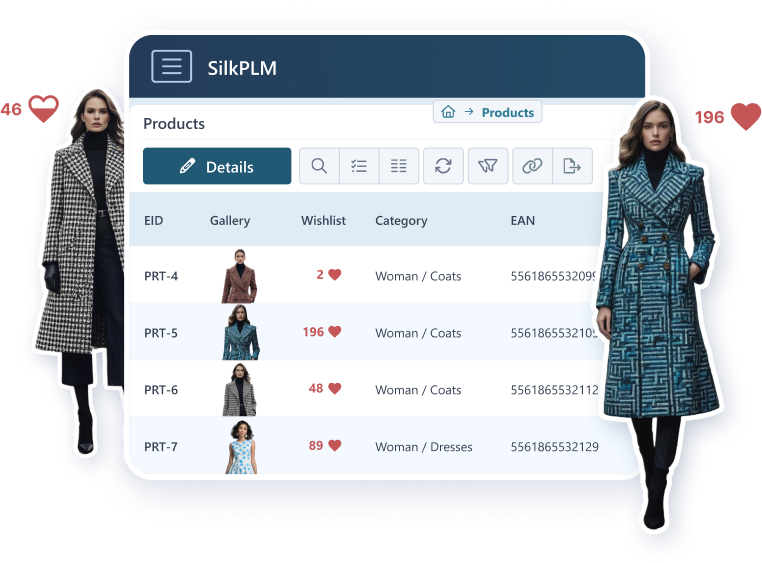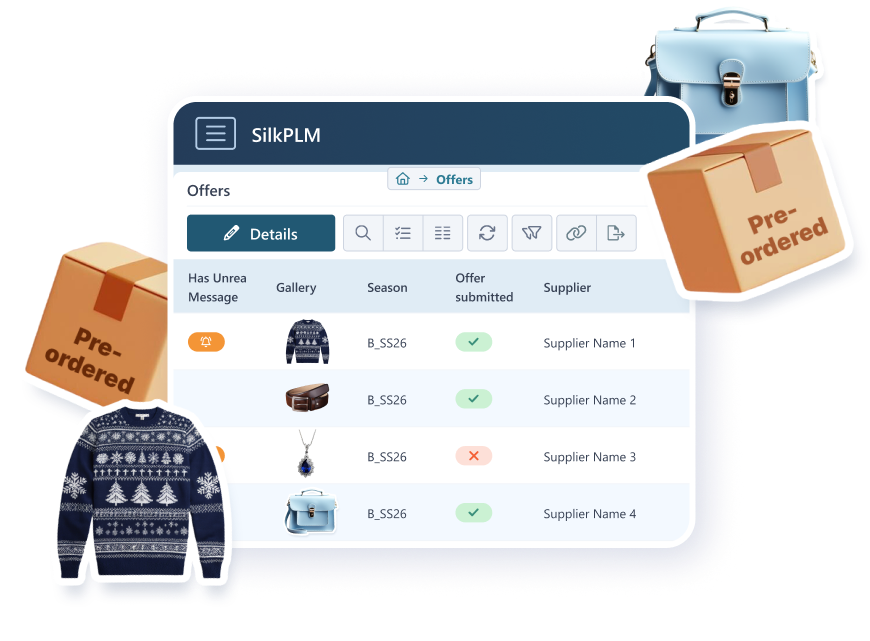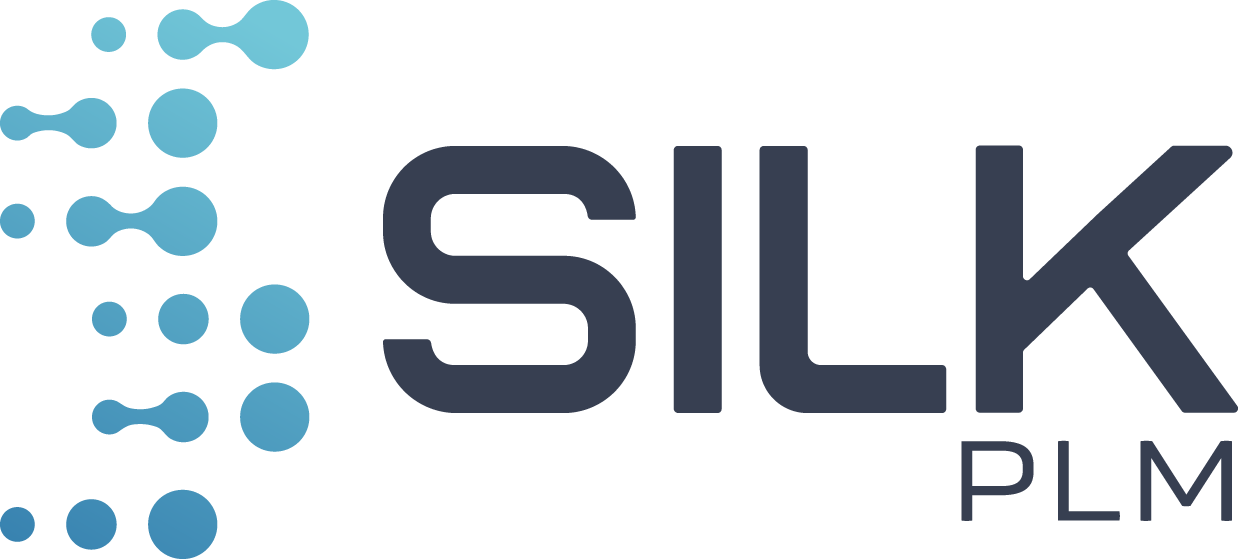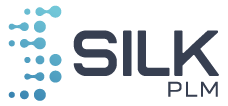How pre order business work in e-commerce
Have you ever wondered if there’s a less risky way to enter the fashion industry with your own business? This is where the pre-order business model comes in, gaining more and more popularity.
Pre order business model allows customers to order a product even before it enters mass production or becomes available in stores. This way, you can test interest in your collection, minimize the risk of overproduction, and better manage your budget. It’s a safer option if you run a small fashion business or are just starting out in the market. It also helps brands create clothing in a more thoughtful and sustainable way.

Pre order business: Benefits for Brands
One of the biggest advantages of the pre order business model is the reduction of overproduction risk. This model enables you to showcase a product even before it’s produced or to produce in small quantities and restock based on demand. This helps brands avoid excess inventory sitting in warehouses, which leads to financial losses and contributes to increased textile waste.
Pre-order business model also allows brands to better manage their finances, as funds collected from customers are received before production begins. This financial support has proven effective in many industries.
Additionally, this model lets you test the market and new designs. You can quickly gauge customer interest, minimize the risk of poor investments, and respond swiftly to trends.
In some cases, the pre order model can foster greater customer engagement and loyalty. This is driven by two factors, depending on the brand’s strategy—it can create a sense of exclusivity while aligning with the principles of sustainable development by reducing environmental impact through more thoughtful and efficient production processes.

Meaning of pre order in e-commerce business
The pre order business model differs in several ways from the classic model. Therefore, implementing it requires focusing on a few key aspects:
Communication with Customers
Clear and transparent communication with customers is crucial to the success of pre-orders. It’s important not to mislead customers into thinking that a pre-ordered product will arrive as quickly as one already in stock. Customers should know exactly how long production will take, when they can expect delivery, and what the purchase terms are. Include details about return policies or order changes.
Using Technological Tools
Efficient pre-order management requires the right tools. This includes equipping your technological infrastructure to handle this model effectively. Having a system that stores product data and facilitates communication with suppliers and subcontractors is essential.
Managing Production and Delivery Time
To maintain customer trust, adhering to promised timelines is key. It’s important to collaborate with reliable suppliers and manufacturers who can deliver orders on time without compromising quality.
Building Engagement
Pre-order is also an excellent opportunity to build connections with customers. You can invite them to co-create collections through surveys, voting on designs, or offering personalized options. This not only increases their engagement but also helps you better understand their needs and preferences.
Promotion and Storytelling
To effectively promote pre-orders, leverage storytelling. Share the story behind the collection—what inspired it, what materials were used, and why you chose this sales method. Customers are increasingly looking for brands that share their values, so authentic narratives can be your key to success.
In practice, pre-order offers a flexible and sustainable approach to production while building customer relationships. A well-implemented model can bring not only profits but also long-term customer loyalty and a positive brand image.
How SilkPLM Can Help You With Your E-commerce
A Full-Featured PLM System with E-commerce Integration
SilkPLM enables seamless synchronization of product data with e-commerce platforms, allowing for easy product management and a smooth transition from design to sales.
One Always Up-to-Date Source of Product Data
By centralizing information, all departments in your company work with the same, always-updated data, eliminating errors and accelerating processes.
AI Tools Supporting Collection Development
With our advanced AI tools, you can design new collections faster and more accurately, aligning them with current trends and customer expectations. AI also supports creating inspirational graphics, helping visualize collections even before production begins.
Support for the Pre-order Model
SilkPLM is perfectly suited to the pre-order model, enabling you to monitor orders, analyze customer interest data, and automatically generate reports to support decision-making. This allows you to accurately forecast demand and avoid overproduction.
How to start a pre order business
Pre-order business model is the future of sustainable and thoughtful production in the fashion industry. With SilkPLM, you can easily implement this model while gaining full control over managing collections and e-commerce processes.
Our system combines cutting-edge technologies, such as AI, with functionalities that support your business growth. Learn more about SilkPLM’s capabilities and see how we can help you start – click here to discover the details.
Fashion Labels: The Essential Guide for Clothing Brands
Fashion labels play a crucial role in your brand and shape how customers perceive your product. If you're launching a new product line and feel unsure about how to select the right labels, this guide will serve as your go-to resource!
Guide to Care Labels for Fashion Brands: Compliance & Sustainability
Care labels are a vital communication tool for customer satisfaction, legal compliance, and reinforcing your brand values. Whether you're a fashion startup, e-commerce business, or independent designer, understanding care labels is non-negotiable.



